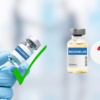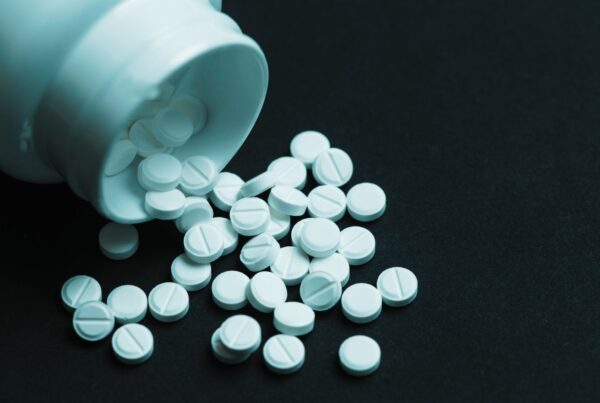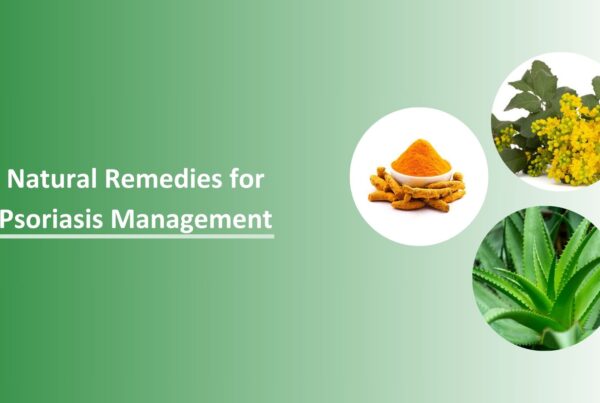Introduction
As the world leans towards accessible and cost-effective healthcare, the journey of generic medicines from India to global markets unfolds as a transformative narrative. In this exploration, we dissect the key facets of this evolution from the production hubs in India to the expansive reach across continents
Generic Medicines
Generic medicines, synonymous with cost-effectiveness, emerge as pharmaceutical counterparts to brand-name drugs. Their crucial role lies in providing quality treatment at reduced costs, vital for the efficiency of healthcare systems.
Government Regulations and Safety Assurance
While generics share the same active pharmaceutical ingredient (API) as brand-name drugs, variations in characteristics such as formulation and packaging exist. Government regulations, including FDA evaluations, ensure their safety and efficacy, marking them as reliable alternatives to brand-name counterparts.
The inception of generic medicine in India dates back to the post-independence era in 1947 when the pharmaceutical landscape was dominated by foreign companies, holding over 90% of the market share. Despite this foreign dominance, India has emerged as a significant global player in the generic medicine market, marking key milestones in its history.
The evolution of generic medicine in India:
In 2008, India introduced the People’s Medicine Scheme (Jan Aushadhi) to make quality generic medicines more affordable. Subsequently, in 2015, the program underwent a revamp and rebranding, now known as the Pradhan Mantri Bhartiya Jan Ausadhi Pariyojana (PMBJP).
Ayushman Bharat PM-JAY, the world’s largest health assurance scheme, provides Rs. 5 lakhs per family per year for secondary and tertiary care hospitalization. It caters to over 12 crore vulnerable families, representing the bottom 40% of the Indian population, totaling around 55 crore beneficiaries.
The ongoing study centers on assessing the availability, affordability, and acceptability of essential medicines under the PMBJP initiative.
The Rise of India: “Pharmacy of the World”
The Indian pharmaceutical industry has swiftly ascended to global prominence, establishing itself as a primary hub for the manufacturing and export of generic medicines. As a generic medicine supplier, this achievement has earned it the distinguished title of the “pharmacy of the world.” The industry’s remarkable growth can be attributed to various pivotal factors and compelling statistics.
Market Dominance and Export Dynamics
India asserts its dominance by claiming a substantial 20% share in the global generic drug market, securing its position as the largest international provider. The nation emerges as the global leader, fulfilling over 50% of the global demand for generics.
Economic Impact and Growth
Contributing significantly to India’s economy, the pharmaceutical industry is ranked 3rd worldwide in production volume and 14th by value. Projections indicate a soaring industry value of USD 130 billion by 2030, underlining its economic significance.
Global Reach and Humanitarian Impact
Indian pharmaceutical companies play a humanitarian role by supplying medicines globally. Notable contributions include 40% of generics in the U.S., 25% in the U.K., 60% of global anti-retroviral drug supplies, and fulfilling 30% of UNICEF’s annual requirements.
Innovation and Diversification
The industry’s expansion goes beyond generic drug manufacturing, with Indian pharmaceutical companies increasingly emphasizing innovation, novel drug development, and substantial investments in biopharmaceuticals and biosimilar research. This strategic diversification strengthens India’s position in the global pharmaceutical market.
India’s Export Markets: Global Healthcare Accessibility
Indian generic medicines have achieved global recognition, with pharmaceutical companies producing high-quality alternatives that are widely accepted in international markets. The success of Indian generics is attributed to competitive pricing, allowing these medicines to gain significant market share, especially in countries with cost-conscious healthcare systems or large populations lacking access to expensive brand-name drugs.
As a leading generic medicine supplier, India plays a crucial role in meeting the healthcare needs of diverse populations worldwide. Major export destinations for Indian pharmaceuticals comprise the United States, the European Union, African countries, and various Asian nations. The U.S., boasting a sizable pharmaceutical market, holds particular significance in India’s global pharmaceutical exports.
Regulatory Framework: Ensuring Global Standards
India has proactively implemented measures to ensure the quality and safety of pharmaceutical products. The Indian Pharmacopoeia (IP) undergoes regular updates to align with global standards, reflecting the nation’s commitment to industry excellence. Stringent laws govern the import, manufacture, distribution, and sale of pharmaceutical goods, reinforcing India’s dedication to upholding high standards.
The regulatory landscape, overseen by the Drugs and Cosmetics Act of 1940 and associated rules, maintains quality and safety standards for the production, import, distribution, and sale of pharmaceutical products in India. The IP standards play a crucial role in monitoring counterfeit and substandard products, fostering the development of generic medicines. Anticipated to have a significant impact, the IP 2022 is poised to enhance overall medicine quality, promote public health, and support the growth of India’s pharmaceutical sector, ensuring the availability of affordable medicines for the public.
Quality Control Measures
Proactive implementation of quality control measures, including adherence to good manufacturing practices (GMP) and stringent quality checks, ensures the safety and efficacy of Indian generic medicines. As a key player in generic medicine supply, India consistently upholds high standards in pharmaceutical production.
Challenges and Opportunities on the Horizon
Challenges:
| Increasing Competition | The industry grapples with escalating competition, both on the domestic and international fronts, potentially impacting market share and pricing dynamics. |
| Regulatory Compliance | Adherence to stringent regulatory standards and compliance requirements poses a significant challenge to the industry’s operational growth. |
| Intellectual Property Rights Protection
|
Striking a delicate balance between the imperative for affordable medicines and the protection of intellectual property rights remains a complex and crucial issue for the industry. |
| Counterfeit Medicines
|
The persistent challenge of counterfeit and substandard medicines poses a threat to public health and erodes trust in the industry. |
| R&D Investment
|
Historically, Indian pharmaceutical companies have allocated a smaller proportion of their revenue to research and development, impacting their capacity to innovate and compete globally. |
Opportunities:
| Global Demand
|
Anticipated growth in the global demand for generic medicines presents substantial export opportunities for Indian pharmaceutical companies. |
| Innovation and Diversification
|
The industry’s increasing focus on innovation, novel drug development, and investments in biopharmaceuticals and biosimilar research opens avenues for growth and market expansion. |
| Partnerships and Collaborations
|
The evolving landscape, including Contract Development and Manufacturing Organizations (CDMOs), emphasizes continuous collaboration and investment in research and development. Post-COVID-19, this trend is poised to drive innovation and foster growth. |
| Price Control and Affordability | The Indian government’s regulation of essential medicine prices ensures affordability for its population, potentially benefiting patients and stimulating domestic demand for generic medicines. |
Forecasting India’s Generic Medicine Industry by 2030
The Indian pharmaceutical industry is a global leader, with the domestic market poised to reach US$ 65 billion by 2024 and an expected surge to US$ 130 billion by 2030. Currently ranked 3rd globally in pharmaceutical production by volume and 14th by value, India commands a 20% share in global generic medicine supply and dominates vaccine manufacturing with a 60% market share.
Anticipating significant growth by 2030, the Indian generic medicine industry is driven by factors such as increased demand for affordable medicines, a growing geriatric population, and a skilled workforce. The global generic drugs market is forecasted to generate $404.3 billion in revenue in 2022, with an estimated compound annual growth rate of 7.20% until 2030, reaching $705.1 billion.
Written By
Aswini PriyaMedical Content Writer
Reviewed By
Dr. AnchalMedico Expert
Last Updated
06 Jan 2024 | 10:40 AM (IST)










